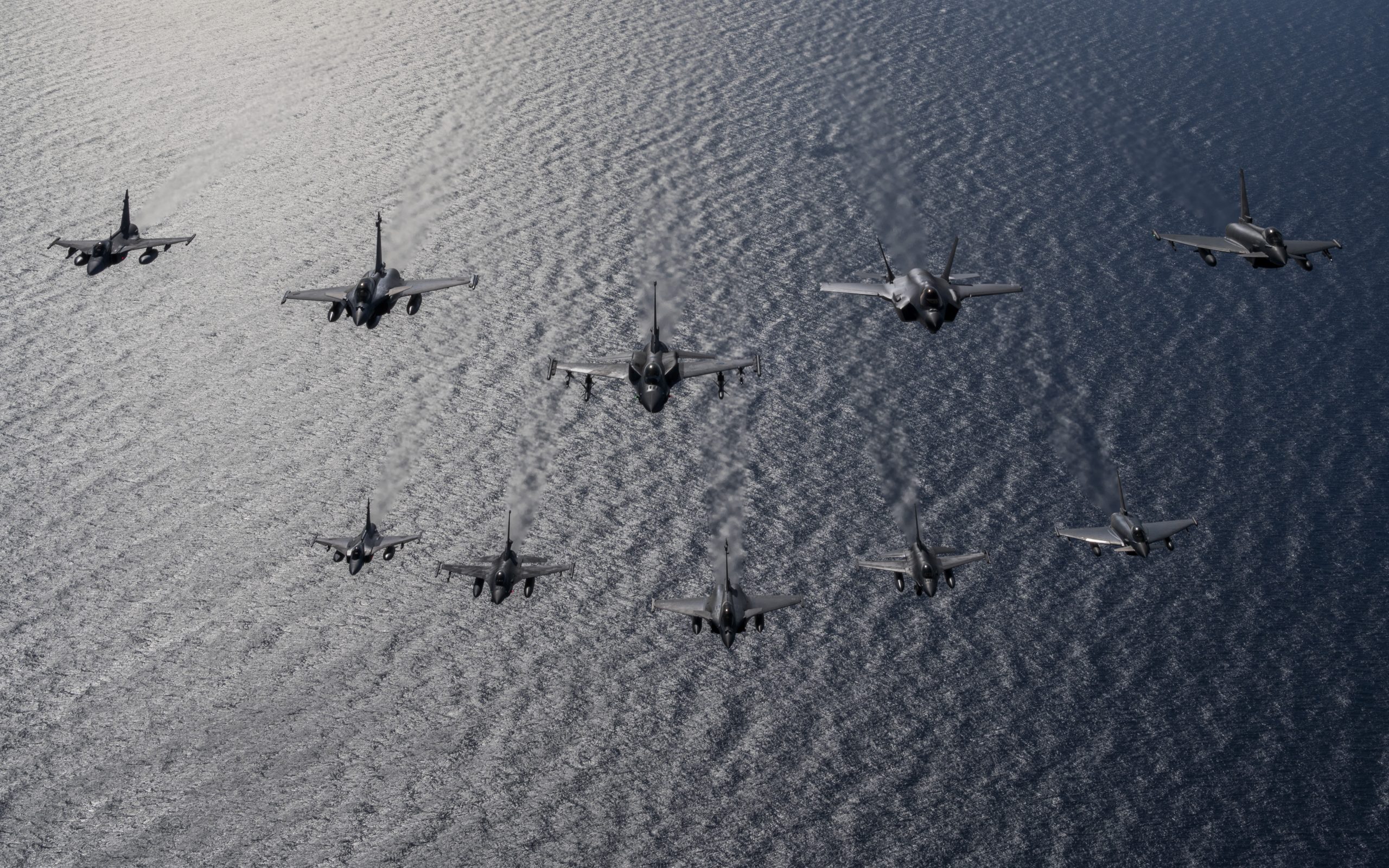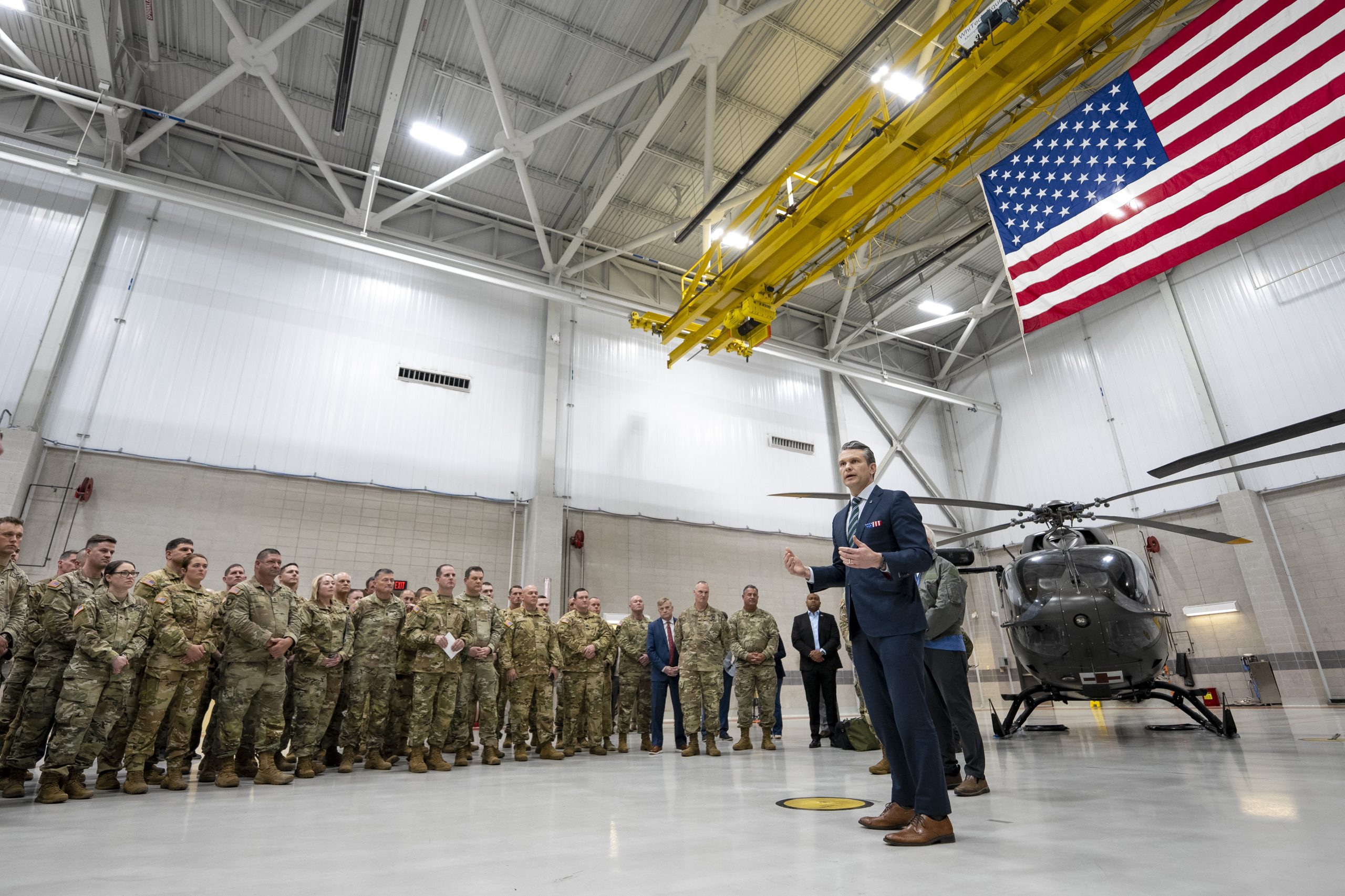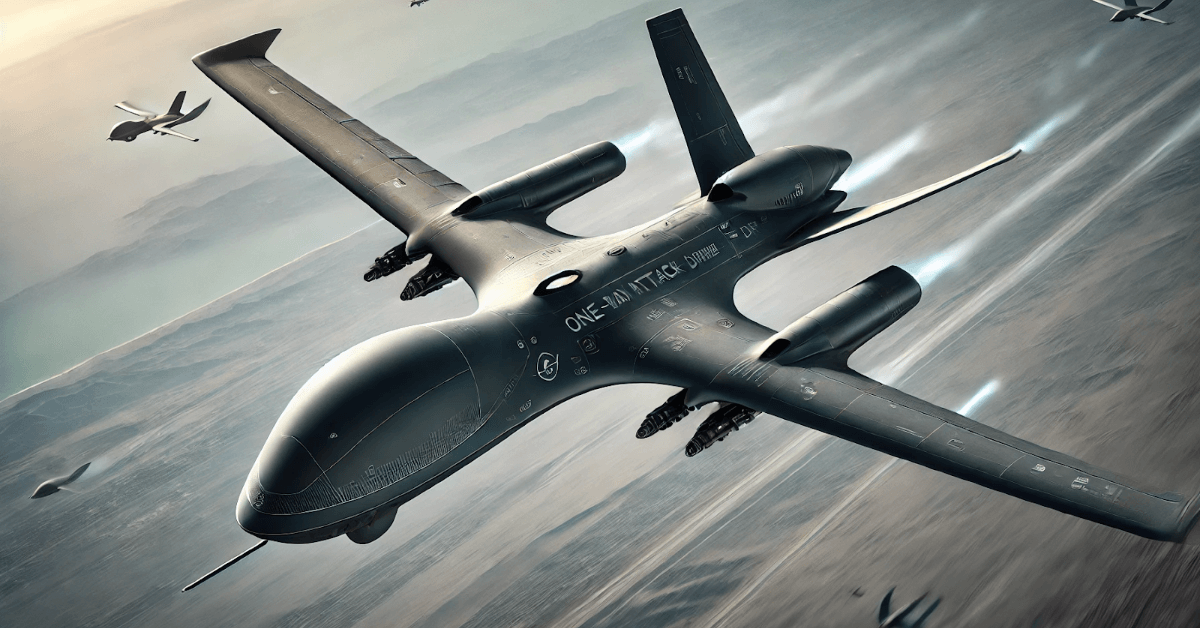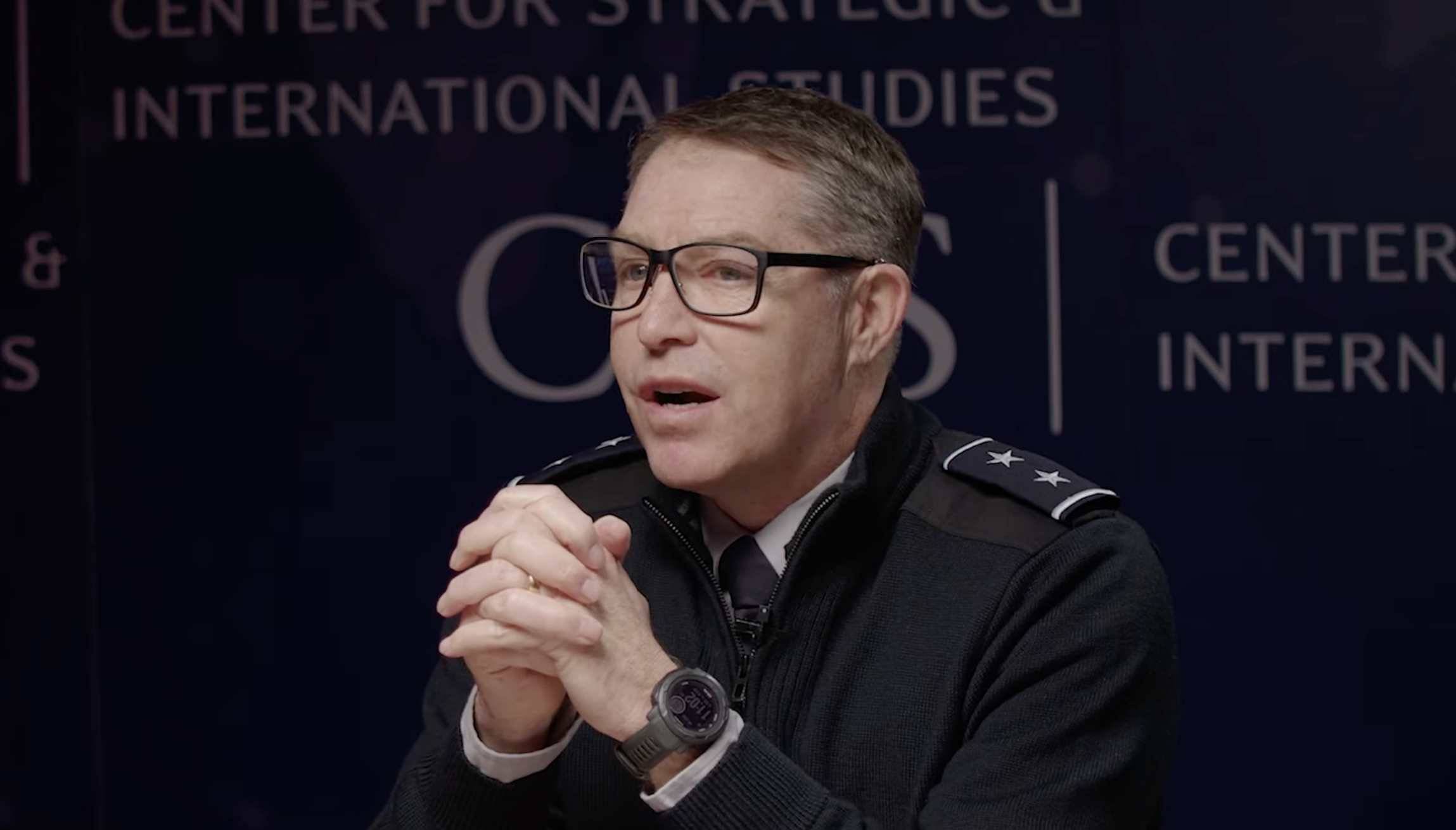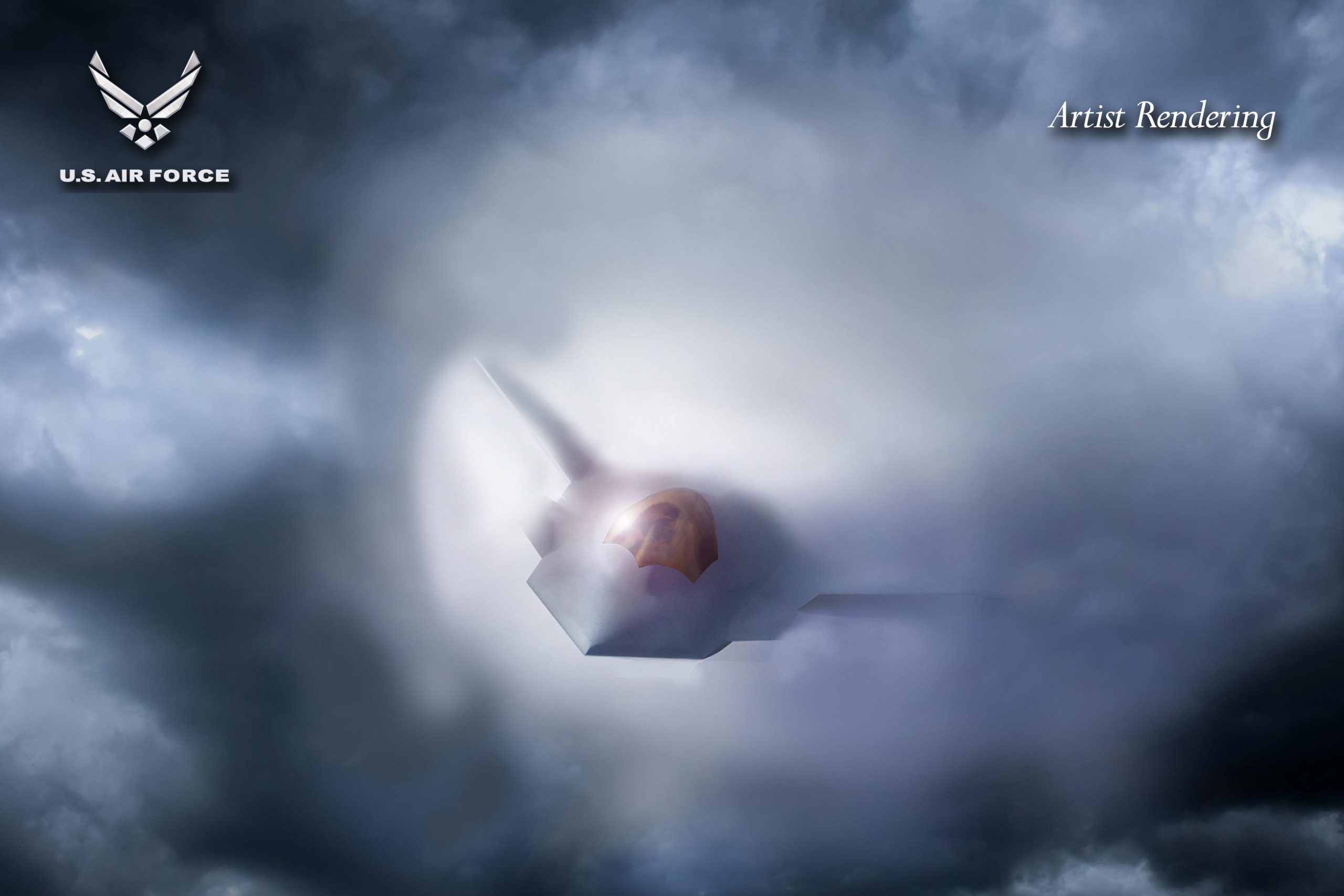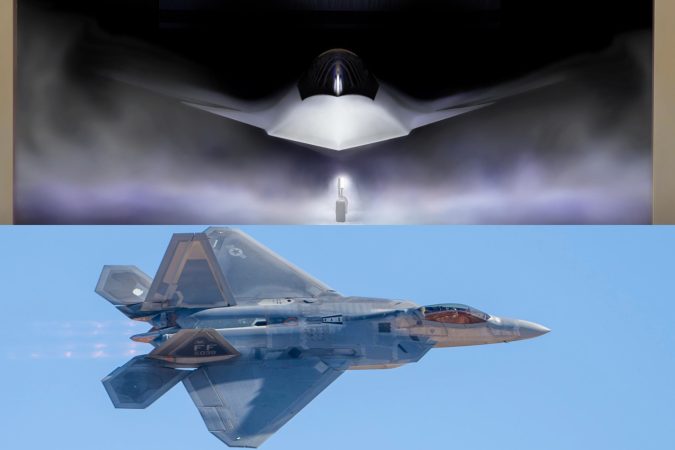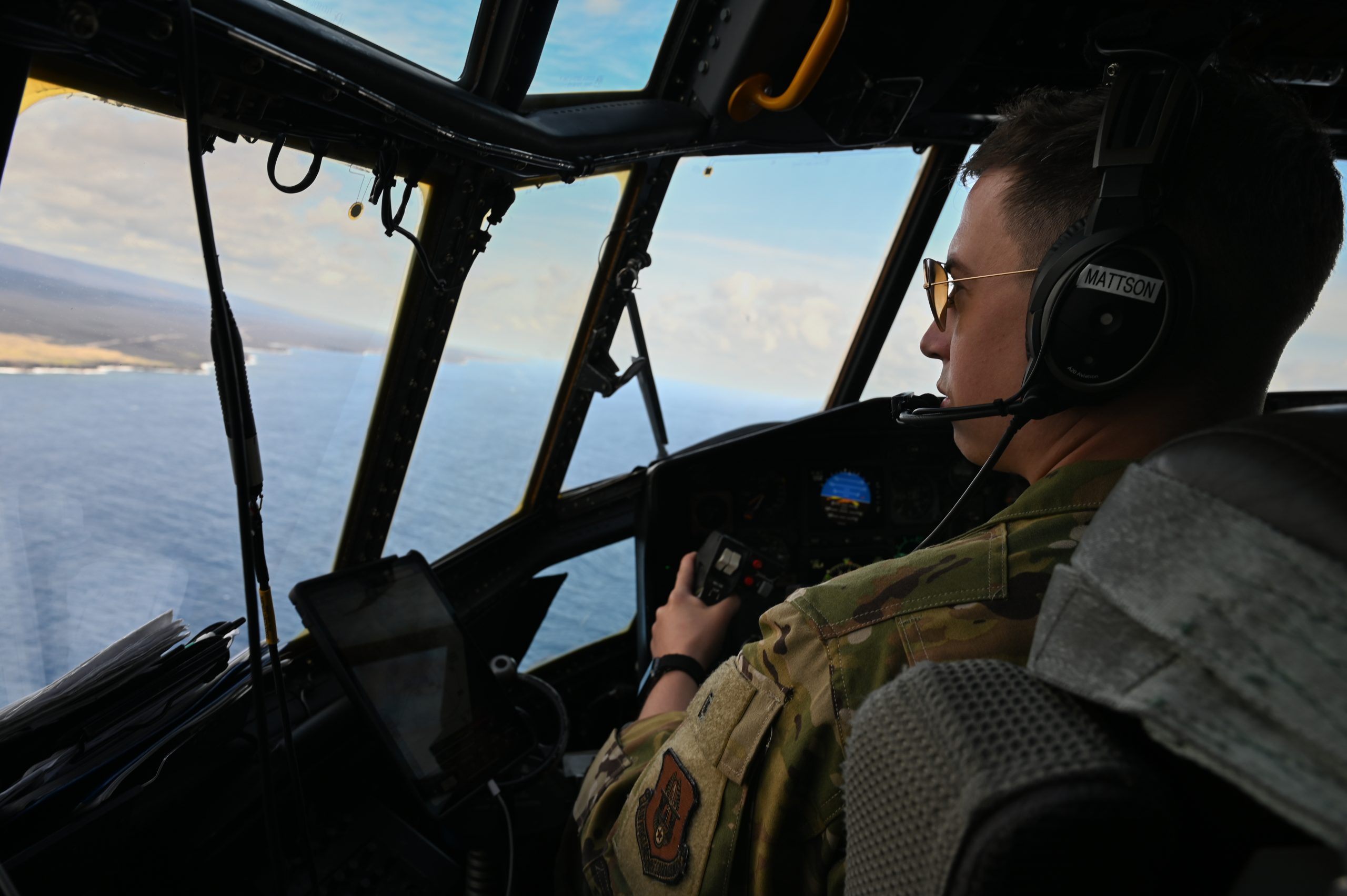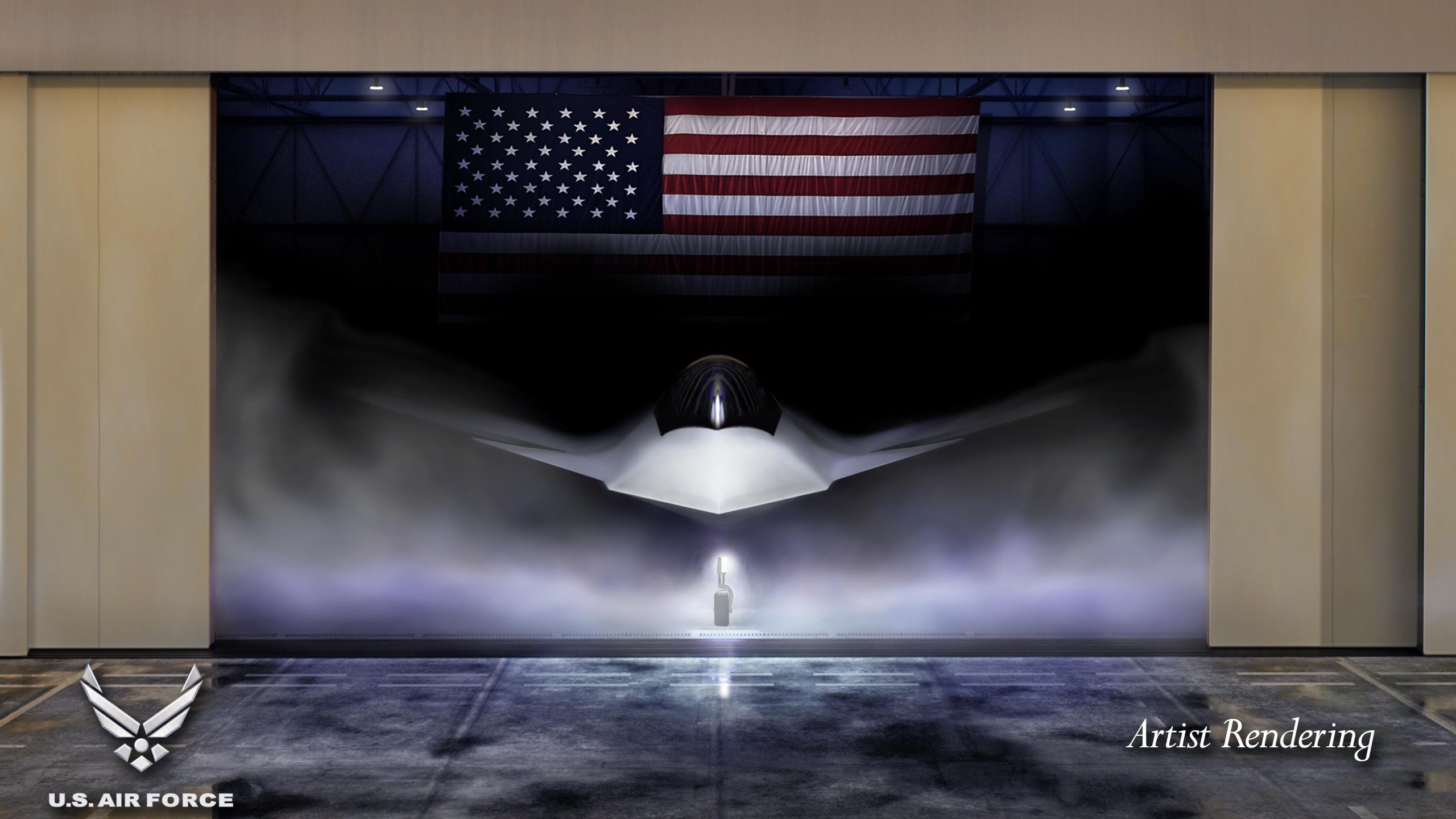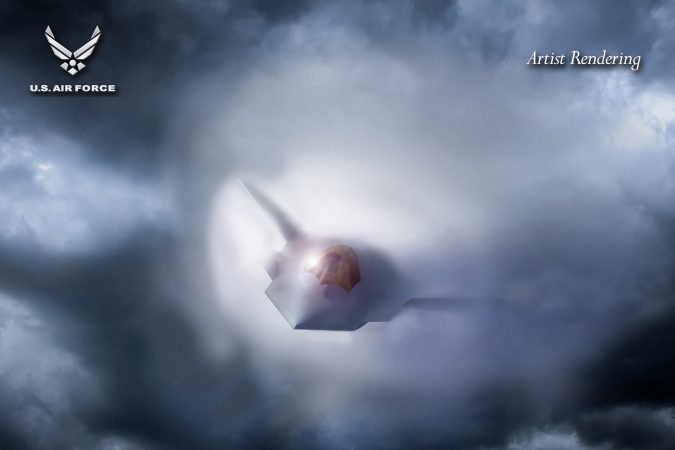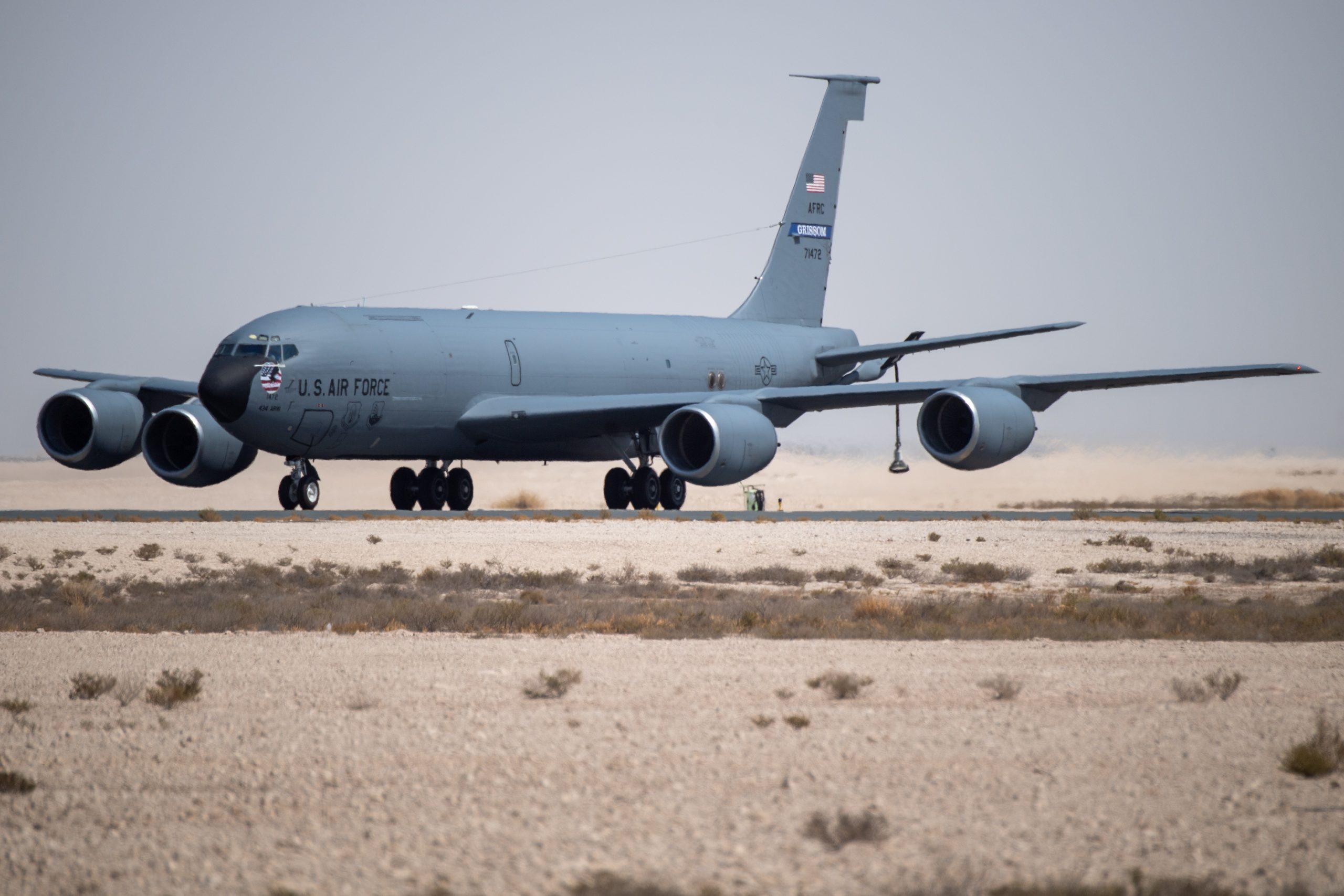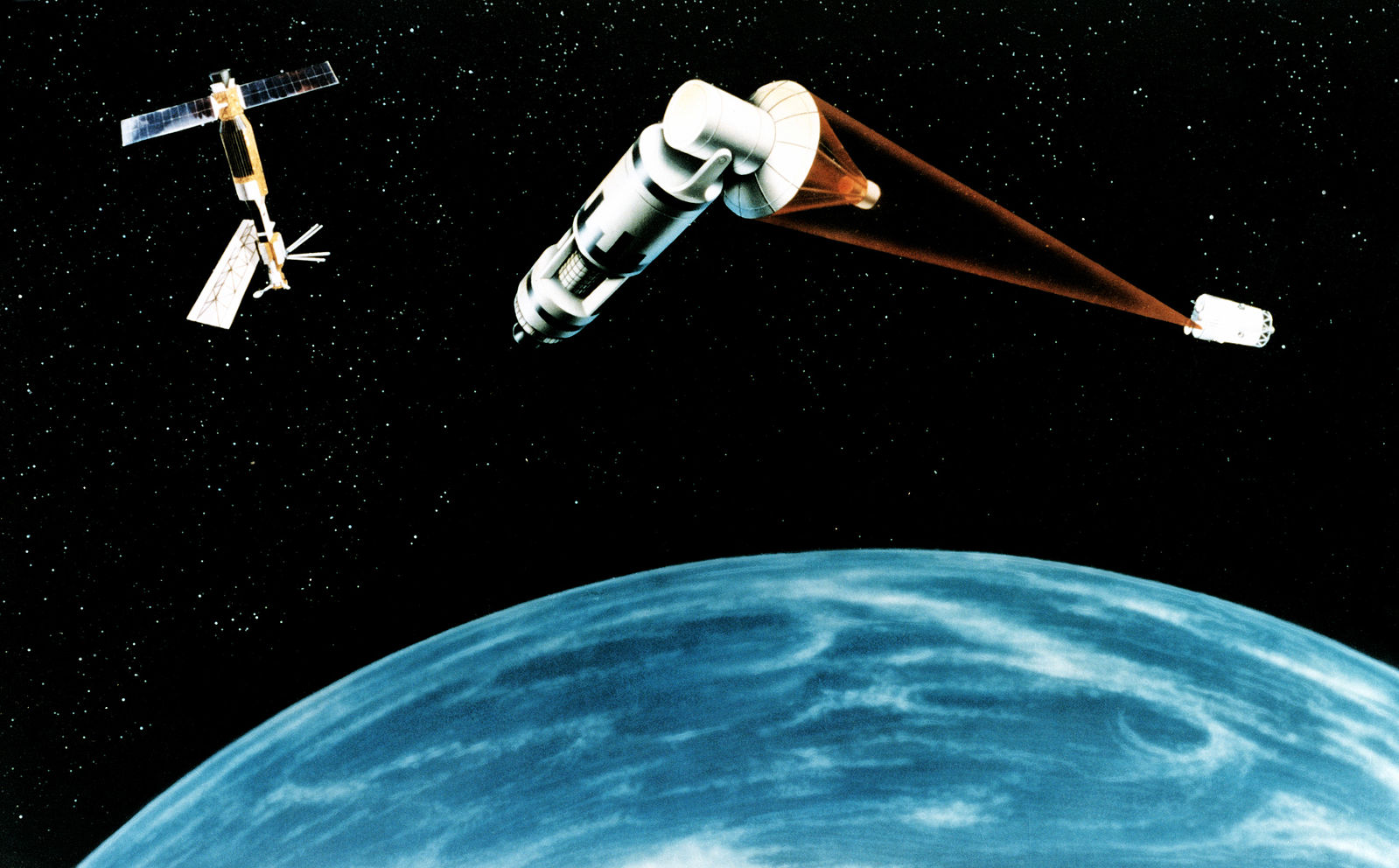NATO will start a major exercise at the end of the month to practice the ability of allied air forces to operate in a contested environment, alliance officials said March 24.
The Netherlands will host the exercise, Ramstein Flag 2025. Over 90 aircraft will operate from 12 allied bases, with the Dutch Leeuwarden Air Base acting as the hub under the direction of NATO and its Allied Air Command.
“Participation from over 15 NATO allied countries allows us to conduct a number of high-end missions within realistic combat scenarios,” U.K. Royal Air Force Air Marshal Johnny Stringer, the deputy commander of NATO Allied Air Command, told reporters. “Our priorities for the exercise this year include exercising what we call counter-anti access/area denial missions, integrated air and missile defense, and also practicing agile combat employment—all underpinned by rapid and seamless sharing of information across nations and across those operating bases.”
A major purpose of the exercise, which will take place from March 31 to April 11, will be to practice interoperability during the sprawling exercise in which NATO fighters and support planes will operate with special forces and naval units.
“From a NATO perspective, it fits into a sequence of analysis, lessons, and then applying that in a sense of tactical development that benefits all of the nations in NATO and it marks a bit of a step change from where we were only a few years ago,” Stringer said.
In keeping with NATO’s efforts to contend with a potential Russian adversary equipped with long-range missiles and electronic warfare capabilities, one focus of the exercise will be on distributed operations.
“We train to the counter-A2AD mission set and integrated air and missile defense. The focus of the exercise is on being interoperable with all the participants flying different aircraft, but being able to fight as one force,” said Lt. Gen. André Steur, commander of the Royal Netherlands Air Force. “We’ll be operating from different bases where we have the flexibility with the air armada to operate from different airfields with different platforms, but once airborne, we are one fighting team.”
Stringer said the disparate locations would “deliberately stress” the participants.
“We sometimes underestimate that value of actually knowing the folks you’re going to possibly go to war with,” Steur added.
The exercise comes as the U.S. has voiced skepticism about NATO under President Donald Trump, with questions about the future U.S. role. As of yet, that has not seemed to impact military exercises, as U.S. Air Forces in Europe just wrapped up a Bomber Task Force deployment of B-52 Stratofortress that included more than a dozen practice missions with NATO allies. Stringer said the U.S. Air Force planned to participate with a “high-end suite of air capability.”
“All relationships, all alliances probably have their ups and downs. But what you’re seeing in Ramstein Flag is some of the highest-end training we’re able to conduct in Europe across a raft of nations, supported by all 32 nations in the alliance, to generate the essential skills that we’ll need—all of us will need—to keep Europe safe. And that ability to integrate, to be interoperable across nations, is essential to it. And that is underpinning the exercise,” Stringer said.
NATO’s first ever Ramstein Flag took place last October in Greece, with more than 130 aircraft from 12 countries. The concept borrows from the U.S. Air Force’s Red Flag exercises, which aim to “train as you fight,” using large-scale, realistic environments and adversaries to help hone Airmen’s aerial combat skills.
